The disruptors face disruption
By David Lyle
22-04-2016
A favourite cartoon of mine involves a very hungry medium-sized fish wearing a giant grin and sneaking up on a vulnerable, unsuspecting small fish. Unbeknownst to the appetiser-hunting predator, there is a huge monster-sized fish right behind it with an equally mischievous smile and licking its chops.
Some may think of this as seafood schadenfreude; to me, it demonstrates that karma’s a fish.
For the small fish entering the peaceful and predictable pond known as traditional – or linear – TV around the mid-1980s and later surviving the turbulent US media consolidation deregulatory waters of the 1990s, the past decade has seen many fall prey to a medium-sized marauder now commonly referred to as disruption.
In the Darwinian world of media, however, the hunter has now become the hunted. Call it disrupting the disruptors.
Two of the biggest disruptor names in the content business are digital streaming service Netflix, the subscription VoD posterchild, and YouTube, behind the egalitarian world of free, internet-delivered short-clip content. Since 2005 and 2007, respectively, YouTube and Netflix have grown huge and their influence enormous.
Netflix’s all-important share price has soared to miraculous heights. Its PR department has done a brilliant job around the world convincing many hard-headed financial journalists to suspend disbelief. “We don’t give numbers but just trust us!” So they routinely reported as fact that every original appearing on Netflix was a mammoth success.
Evidently, Netflix finally achieved the alchemists’ goal, inventing secret algorithms to predict its subscribers’ taste so superbly that everything it created turned to gold. Only nobody was allowed to independently measure the golden content. Once the financial community accepted this premise, it happily complied, dutifully reporting the important US subscriber figures Netflix handed them.
That remained the situation until the growth of those US numbers started to slow down dramatically. Then Netflix’s superb publicity department kicked into high gear to assure the financial community the global subscriber numbers were now the truly important metric. Around this time, Netflix started to step up original production of series, docs and movies – yes, feature-length movies.
Persuading observers every television series produced is a hit is one thing, but in the risky, costly and high-stakes world of movies, it must be more difficult to defy gravity, to assert every project works and is a good investment.
And Netflix could face even bigger disruption of its own vaunted business model. What happens when the growth in global subscriber numbers subsides? After training financial commentators that only global subscriber numbers matter, imagine what a hard day it will be on its share price if those numbers stall. Then Netflix as ‘HBO online’ would likely be viewed in a less favourable light, or at least in a much more realistic way – in that it would be as good as its programming and as good as the difference between its true revenue and true costs.
The Great Disruptor YouTube, meanwhile, may find its own disruption comes from inside the tent with YouTube Red. Having begun in October 2015 as a subscription version of the free-as-the-breeze (but stacked with annoying ads one might want to block) YouTube. Will people pay not to see PewDiePie play games but to see Scare PewDiePie or the previously free Toby Turner in I am Tobusus?
When season one of American Idol was gearing up in the US, I was at FremantleMedia North America frantically trying to organise a premium (user pays) phone system for the voting. In most countries, the Idol producers make more money from telephone voting than production fees. In America, however, premium phone lines at the time were devoted to tarot card readers and phone sex. They didn’t work for instantaneous phone billing.
So for the first season voting by phone had to be free. The following year proper premium phone lines with a 900 area code were finally available but Fox wisely ruled we couldn’t ask the show’s huge voting public – which placed more calls than votes in the US presidential elections – to suddenly ante up.
While it is probably too early to make a call on the YouTube Red experience, my strong suspicion is that it will have a difficult time converting grazers into paid subscribers. At the risk of sounding like part of a dirty joke, can you charge for what you once gave away?
The lesson here for production companies and distributors facing change perhaps involves a different analogy about water: surfing – a series of beautiful waves that can be ridden for fun and profit.
This viewpoint article was first published in C21’s Channel 21 MipTV Bumper magazine, before this week’s news that Netflix’s shares had fallen sharply after it predicted slower subscriber growth.













.jpg)




























